However, for dictionary compilers, the above popular proverb is misinterpreted. That is the case in the Dictionary of Vietnamese Proverbs (Nguyen Duc Duong - Ho Chi Minh City General Publishing House - 2010). This book explains Chiem khe mua rot as: "(A common condition in low-lying areas, which is cultivated land) in the winter-spring crop, it is often burnt; in the summer-spring crop, it is often rotten".
Having just read the above explanation, I thought the author of the Vietnamese Proverb Dictionary understood it correctly. However, reading further to the word definition, I found that the author had misunderstood. Specifically, the word “khe” was explained by Nguyen Duc Duong as “(Exposed land) cannot dry out and become loose (due to little exposure to the sun and wind)”; and the word “thoi” means “(Soil used as a raft) cannot become soft (due to water losing its ability to penetrate deeply into the soil)”.
Explaining like that means not understanding anything about "dry" and "rotten".
The type of land that is not plowed long enough or the weather conditions make it dry, people call it "deep fallow land", no one calls it "khe" land (deep fallow land is not as good as soaked land). But if the land "cannot be softened at all" because "the water has lost its ability to penetrate deep into the soil", how can it be called "rotten"?
In fact, the above proverb talks about the difficulties of land that is not actively irrigated. The winter-spring crop (associated with the dry season) is planted in the North of Vietnam in October and November, and harvested at the beginning of the hot, rainy season (May and June). Because it only depends on rainwater, the land and crops are often "khe" - dry and burnt ("khe" - in the word "com khe" - burnt rice). The summer-spring crop (associated with the rainy season) is planted in May and June, and harvested at the end of the rainy season or the beginning of the dry season (October and November). In the past, the drainage system was poor, so the land and crops were soaked and rotted in flood water. Therefore, the object that the proverb refers to here is not only the land for cultivation (as Nguyen Duc Duong explained) but also includes the crops grown on that land (specifically, rice).
Because irrigation was not proactive, in the past, some lands could only grow one crop:
Deep in the ground I plant rice
Where is high then I plant this season
Do not covet two-season fields.
The cold weather is so bad, what a waste.
(Folk song)
In the poem "The Chief", Hoang Trung Thong also wrote about the hardships and difficulties of the Chiem Khe fields in this rotten season:
There is a season of dry copper plating
Ten steps of water climbing up to the drought-stricken fields
There is a flood season when the rice ripens.
Have to tilt the coin to throw water out.
In fact, the proverb Chiem khe, mua rot is just a more figurative way of saying Chiem kho; mua uot that the author Nguyen Duc Duong cited right after. However, the author found another explanation, with another mistake: “Chiem kho; mua uot (common weather) when doing Chiem is dry (because of little rain); when doing Mua is flooded (because of a lot of rain)”. According to this explanation, the author turned the proverb about the hardship of rice farmers on difficult farming land into a proverb commenting on the characteristics of “common weather” of the Chiem and Mua crops.
Man Nong (CTV)
Source: https://baothanhhoa.vn/ve-cau-tuc-ngu-chiem-khe-mua-thoi-252099.htm


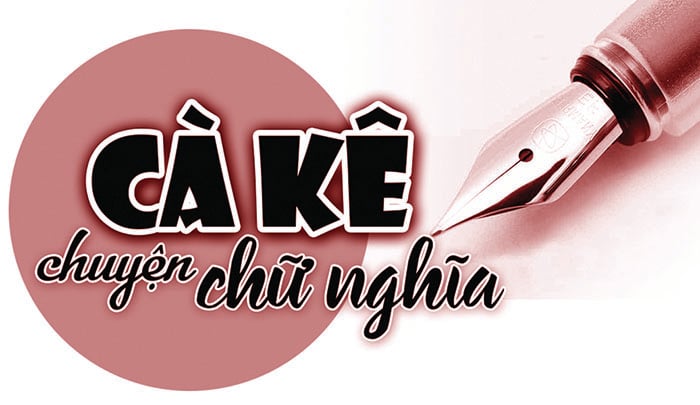


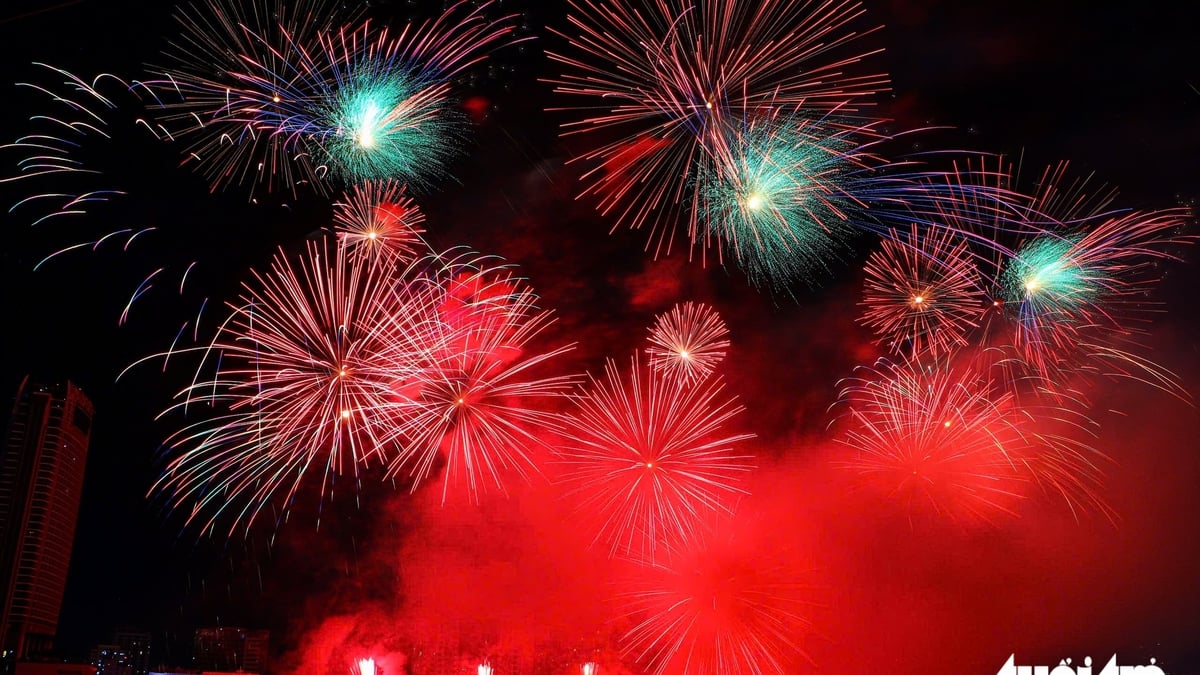

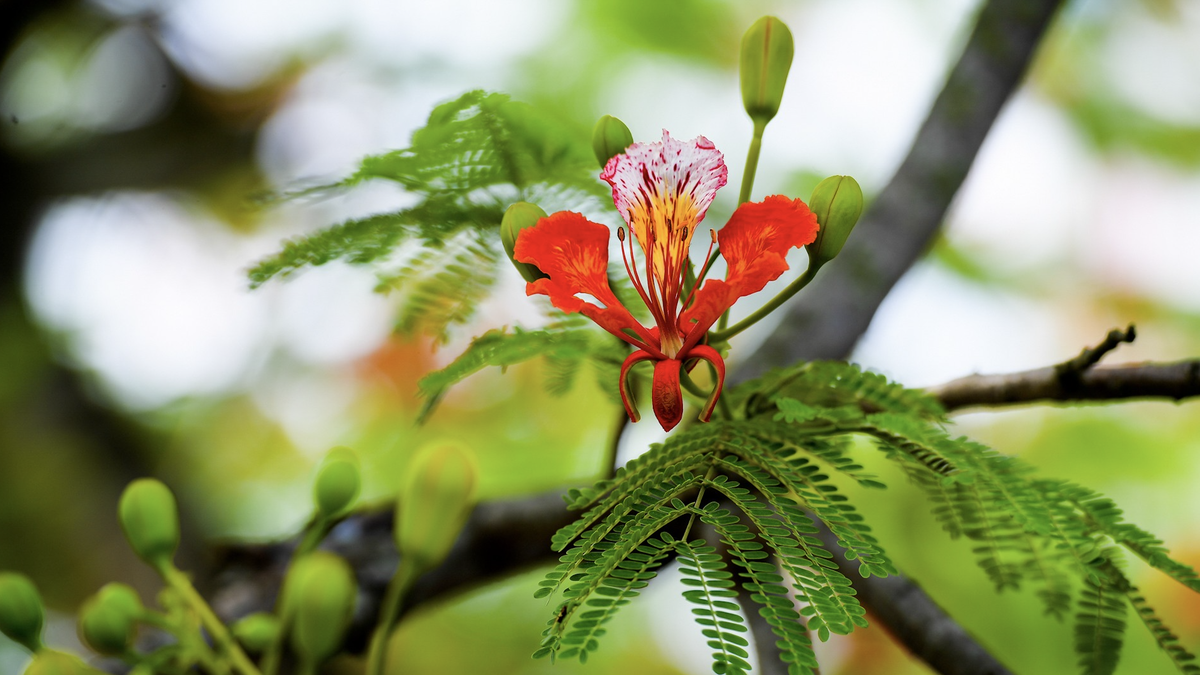
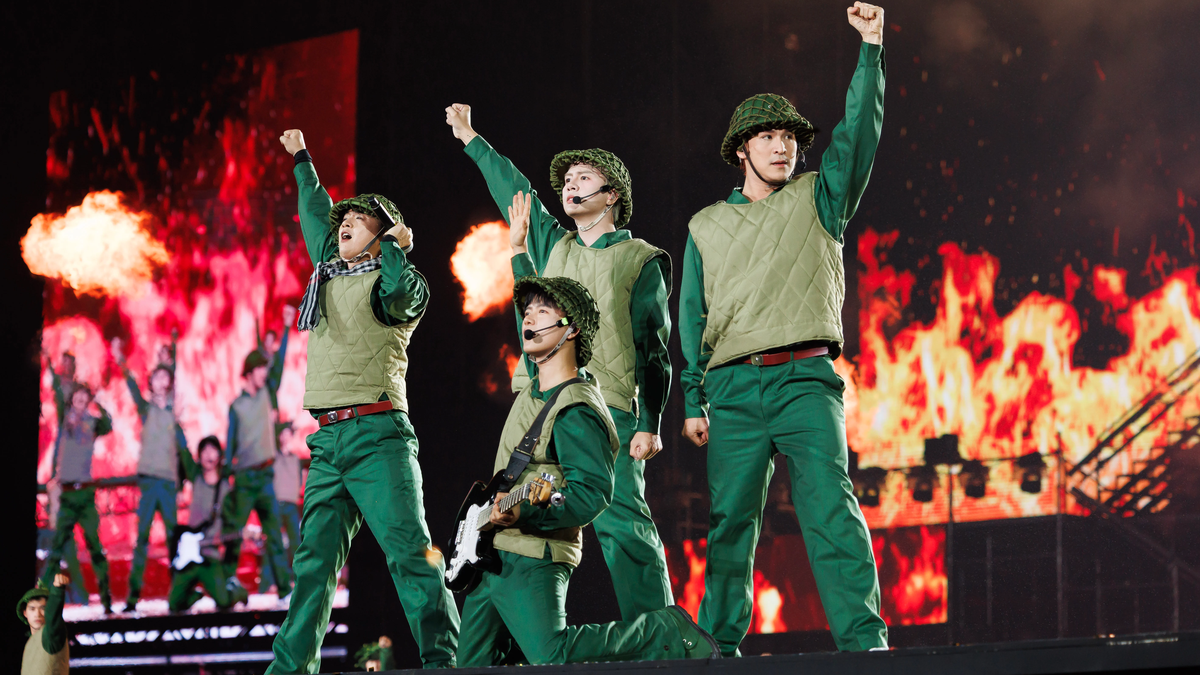
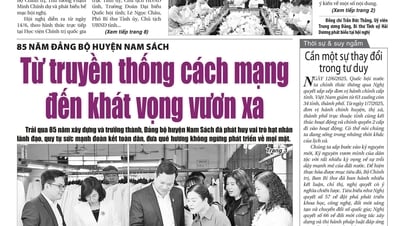

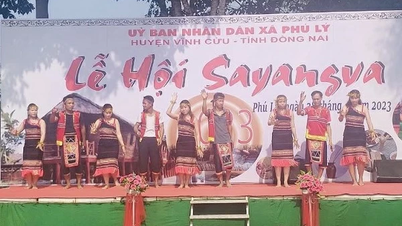





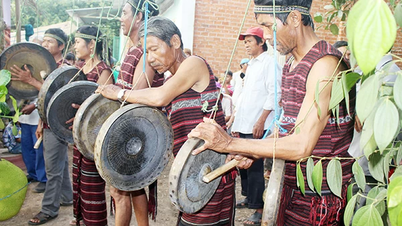




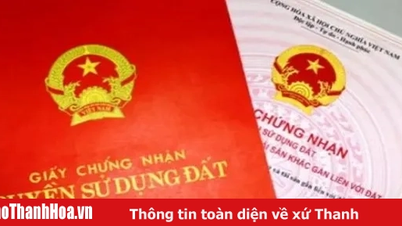

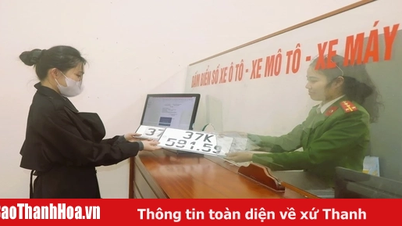
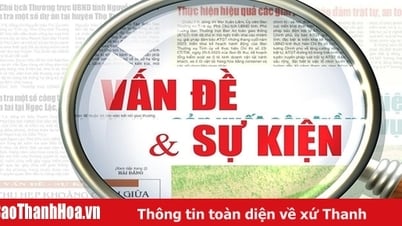
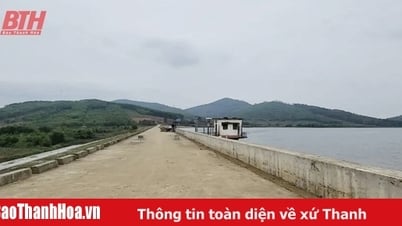

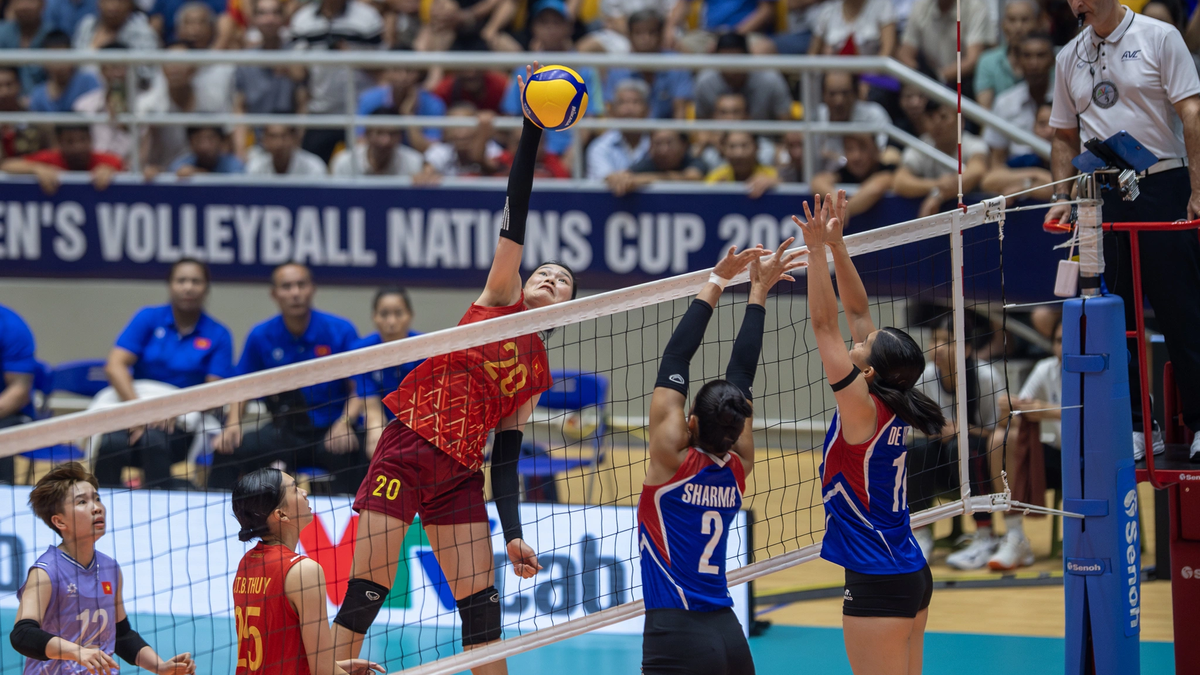
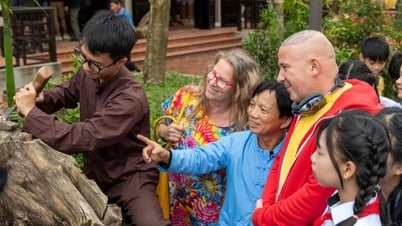































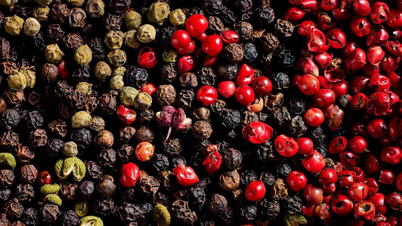
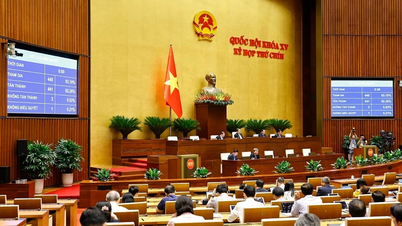

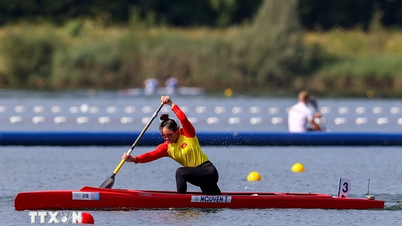





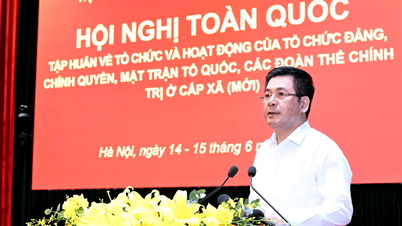


























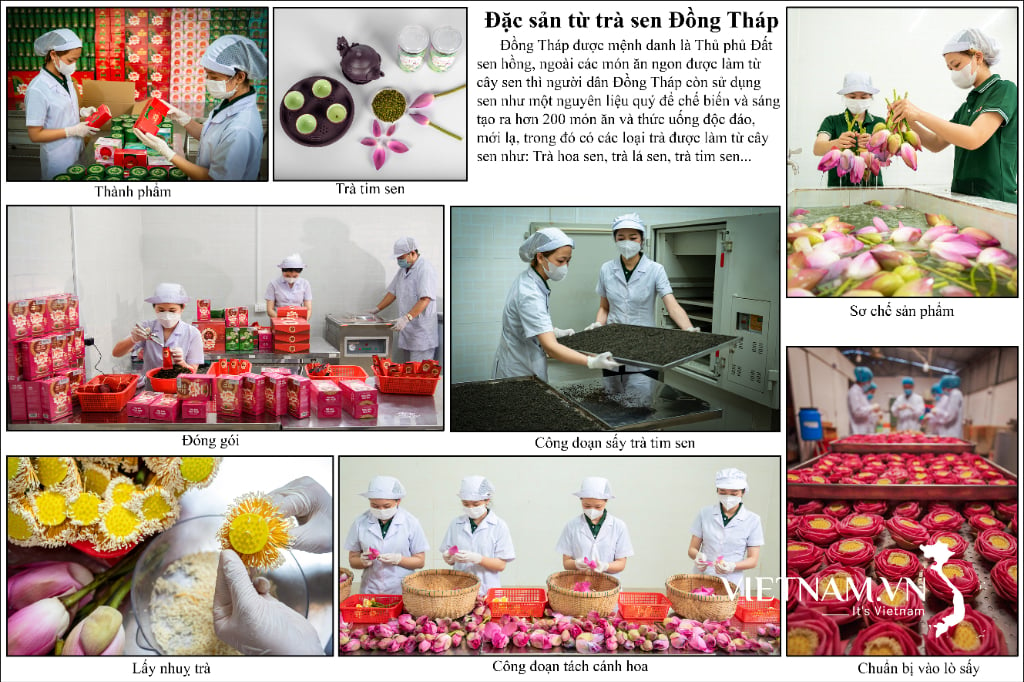


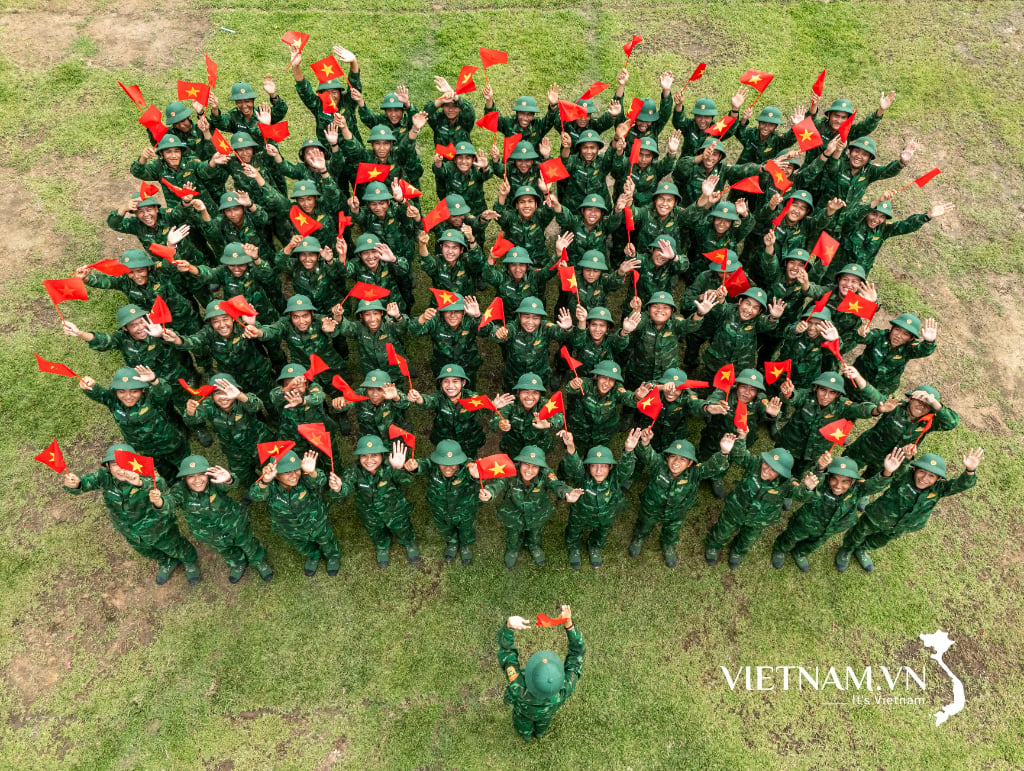
Comment (0)